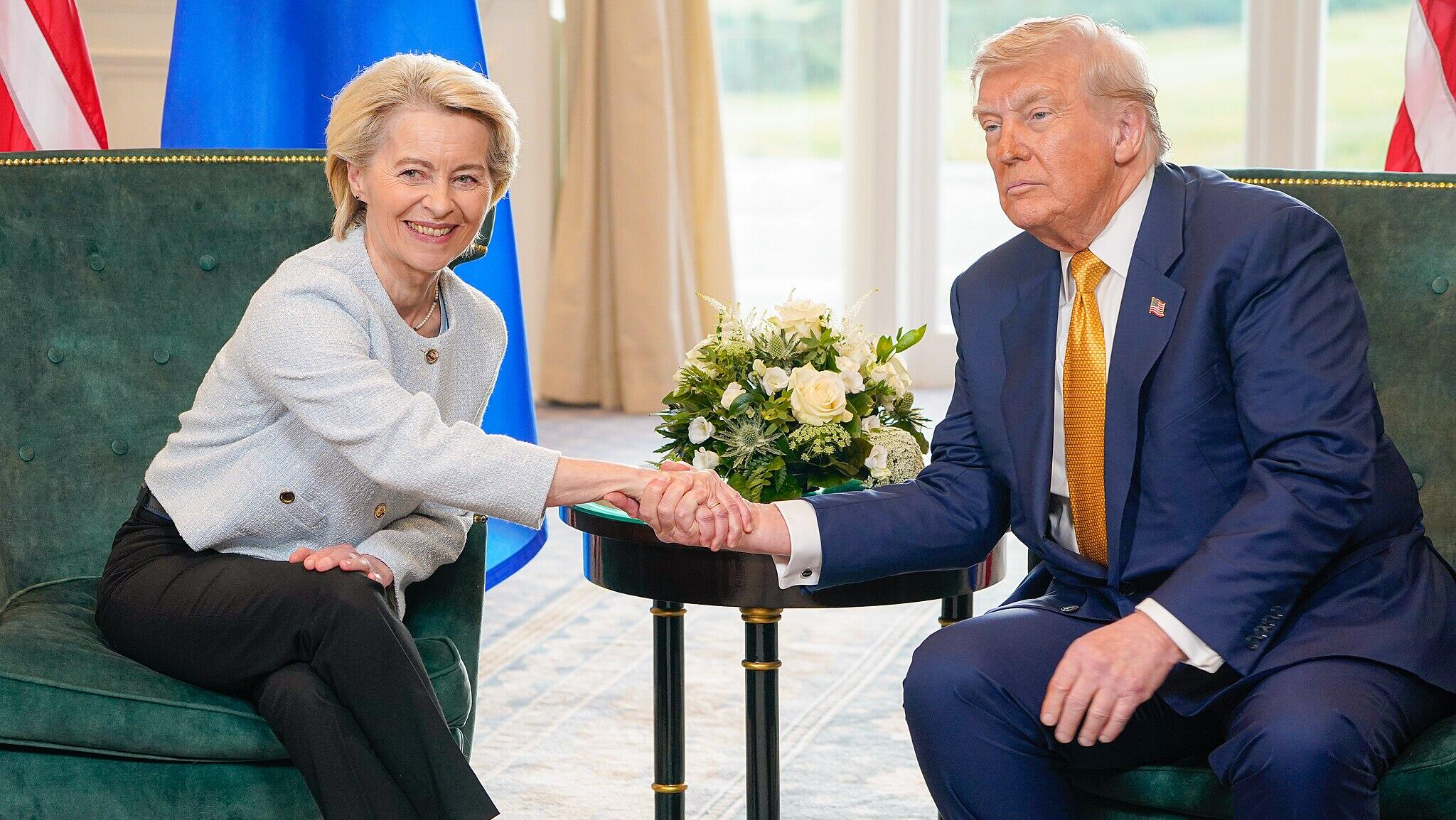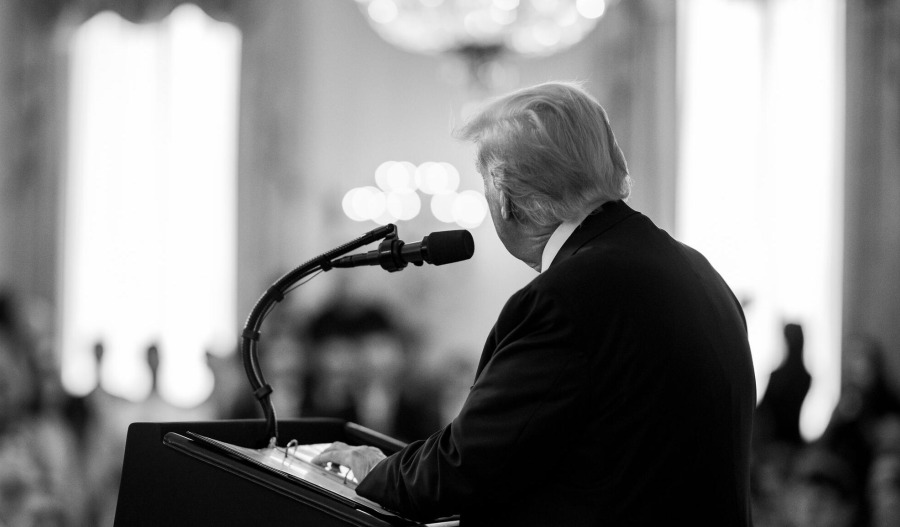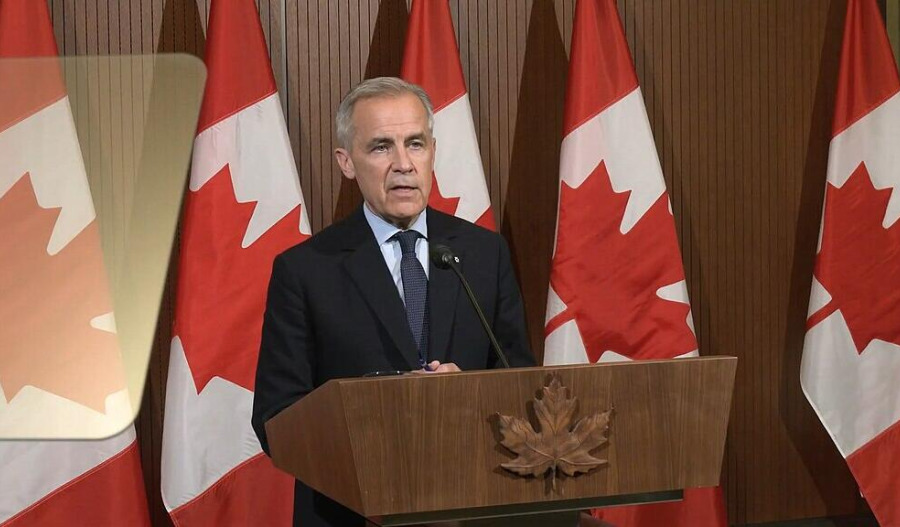The United States and the European Union have reached a trade deal, setting U.S. tariffs on E.U. imports at 15%.
U.S. President Donald Trump and European Commission President Ursula Von der Leyen agreed to the deal during Trump’s visit to Scotland today. Trump had previously planned to implement 30% tariffs on E.U. goods from 1 August.
“We are agreeing that the tariff straight across for automobiles and everything else will be a straight-across tariff of 15%,” Trump said.
The trade deal “will bring stability,” said Von der Leyen. “It will bring predictability. That’s very important for our businesses on both sides of the Atlantic.”
According to Trump, the E.U. will invest US$600 billion into the U.S. The bloc will also buy $750 billion in U.S. energy in the coming years, and “hundreds of billions of dollars” in weapons.
While Trump said the U.S.’ 50% tariff on steel and aluminium imports would still apply to goods from the E.U., Von der Leyen said it would be replaced with a quota system. Von der Leyen also disagreed with Trump’s statement that the deal did not lower tariffs on pharmaceuticals.
The E.U. and U.S. “seem to have avoided a self-destructive trade war for now in the biggest and deepest commercial and investment relationship the global economy knows,” said Atlantic Council Europe Center senior director Jörn Fleck. The deal’s terms on E.U. automotive exports and the “opening of European markets” the two leaders mentioned “will be an important indication of whether Trump’s approach has won any E.U. concessions on non-tariff barriers, or what offensive interests the EU has been able to secure.”
The U.S. agreed to a trade deal with Japan last week that would similarly set tariffs on Japanese goods at 15%. A 10% tariff rate had been in place while the countries negotiated, but Trump had threatened to raise this to 25%.
U.S. and Japanese officials have disagreed on the terms of the deal, however. U.S. Commerce Secretary Howard Lutnick said Japan would invest US$550 billion in critical sectors and offer 90% of profits to the U.S., but Japan’s Cabinet Office said this would only apply if the U.S. took on a proportional amount of risk and financing.
Related content



